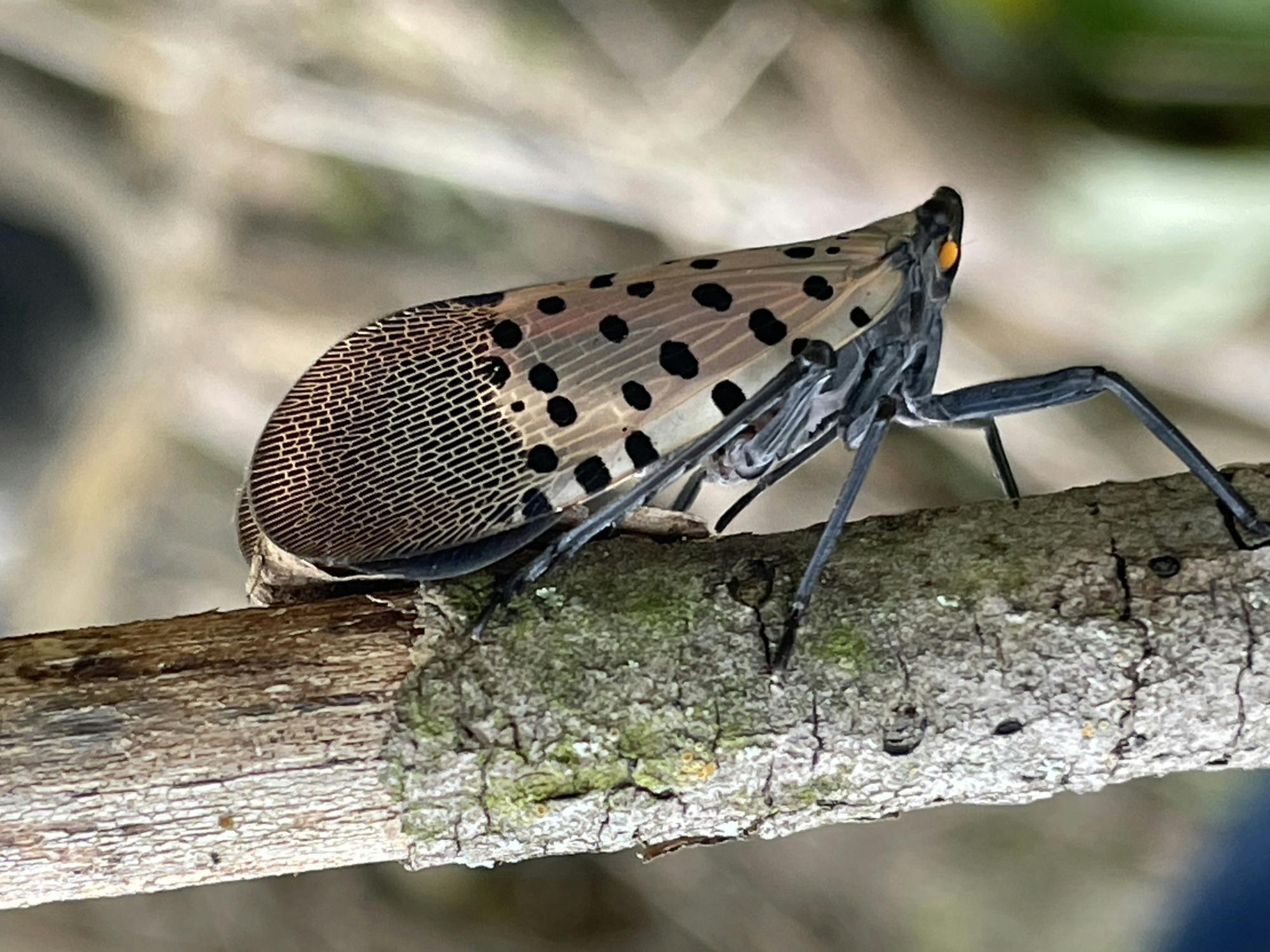The spotted lanternfly is a new invasive planthopper to Michigan. The Michigan Invasive Species Program’s new campaign – “See it. Squish it. Report it.” – reminds Michiganders and visitors of the simple measures they can take in order to prevent new introductions of spotted lanternflies in the state.
Spotted lanternflies are currently known to exist in one population in Michigan, on a small lot in Oakland County. The hope is that it is kept contained and declines where currently hosting, and does not become a widespread concern in Michigan.
“They feed off of plants and trees. When there is a good population of them, they excrete a sweet-smelling and sticky liquid called honeydew. That gets onto everything outdoors and then attracts bees, wasps, pests and creates a moldy surface on whatever it lands on,” said Joanne Foreman, Invasive Species Communications Coordinator. “Michigan is an outdoor state, we love our beaches, we love our woods, and we do not need these lanternflies.”
It is important to know what spotted lanternflies look like. In late summer and early fall, they are in their adult stages. This is when they are about 1-inch long, are similar to the look of a moth, and their wings are typically closed.
Their wings are a gray to an almost lavender color, with black spots and lacy black lines on the edges. Common in moths or butterfly-like insects, the underwings of a spotted lanternfly show red with black dots.
Spotted lanternflies have a high potential to spread. Not so much from the one case in Michigan, but they are more likely to show up on someone's vehicle from an infested state, travel their way back here and stick to another vehicle.
During this time, they are also starting to lay egg masses, which is another easy way for them to hitchhike. They are attracted to shiny and hard surfaces, so vehicles are a prime place where they will lay their eggs. Egg masses generally look like a piece of old chewing gum.
“If you have been to a state where there is an infestation, please check your vehicle and check any of your gear that you had outside. Look for adults, look for those egg masses and get rid of them before you come home," Foreman said. "The most likely way we are going to see more populations in Michigan is by accidentally transporting either the adults or the eggs to Michigan."
Foreman speaks with magnitude over the significance of knowing what to look for. If you see a spotted lanternfly egg mass, juvenile or adult, take a photo and squish it. Then, report it online to the Michigan Department of Natural Resources.
More details about the spotted lanternfly, such as how to identify it and look-alike species, is available at Michigan.gov/SpottedLanternfly.










